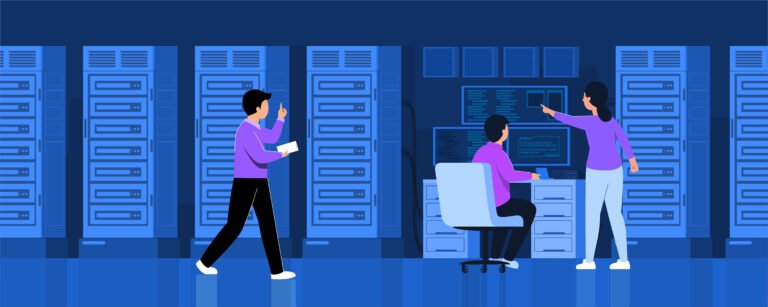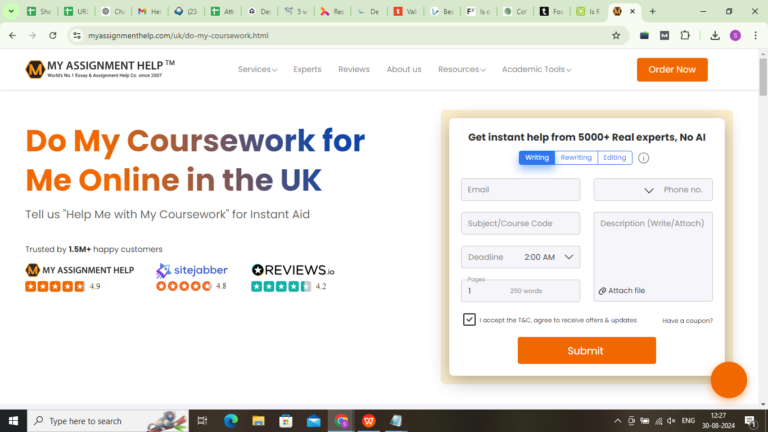How Solar Feed-In Tariffs Impact Your Electricity Bill
Solar panels are a popular way to save money on electricity. But did you know that you can also earn money from your solar system? It’s true! When you produce extra solar power that you don’t use, you can sell it back to the grid. This is called a solar feed-in tariff (FiT). In this blog, I’ll explain how these tariffs work and how they can lower your electricity bill.
What Are Solar Feed-In Tariffs?
A solar feed-in tariff is a payment you get for the extra electricity your solar panels produce. When your solar system makes more energy than your home needs, the extra electricity goes back to the grid. The energy company then pays you for this power. The amount you get depends on the feed-in tariff rate set by your energy provider.

How Do Feed-In Tariffs Affect Your Bill?
Feed-in tariffs can make a big difference in your electricity bill. Here’s how:
- Lower Bills: You use less electricity from the grid because your solar panels are doing the work.
- Extra Income: You get paid for any power you don’t use.
- Savings Over Time: The more solar energy you send back to the grid, the more you save.
However, the best solar feed in tariff QLD or NSW varies, so it’s important to compare plans.
How to Get the Best Solar Feed-In Tariff
Not all energy companies offer the same rates for feed-in tariffs. Some pay more for your extra energy, while others pay less. It’s important to compare the best solar feed-in tariff NSW or QLD to find the right plan for you.
Here are a few tips to get the best deal:
- Shop Around: Don’t settle for the first plan you see. Check multiple energy providers.
- Understand Your Usage: Look at how much electricity you use and when. This helps you choose a plan that works for you.
- Check Contract Details: Make sure you understand the contract terms. Some companies may offer higher tariffs but have stricter conditions.
If you live in Queensland, compare the best solar feed-in tariff QLD options. This can help you choose the most profitable plan.
Why Are Feed-In Tariffs Important?
Feed-in tariffs encourage more people to switch to solar power. They make it more affordable to install solar panels and reward homeowners for producing clean energy. Plus, using solar power helps the environment by reducing the use of fossil fuels. It’s a win-win situation!
The Two Types of Feed-In Tariffs
There are two main types of solar feed-in tariffs:
- Flat Rate Tariff: You get paid the same rate for every kilowatt-hour (kWh) of electricity you send to the grid. This type is simple and easy to understand.
- Time-Varying Tariff: The rate changes depending on the time of day. You might get more money during peak hours and less during off-peak times.
A time-varying tariff can be more profitable if you can send extra energy to the grid during high-demand hours.
Will Solar Feed-In Tariffs Always Be This High?
Feed-in tariff rates have gone down over the years. When solar energy was new, the government offered high rates to encourage people to install solar panels. Now that solar is more common, those rates have dropped. But don’t worry! You can still save a lot with the right plan. If you live in New South Wales, compare the best solar feed-in tariff NSW to make sure you’re getting the best deal.
How Much Can You Save?
The amount you save depends on several factors:
- Size of Your Solar System: Bigger systems produce more energy.
- Your Energy Usage: The less electricity you use from the grid, the more you save.
- Feed-In Tariff Rate: Higher tariffs mean more money back for your energy.
- Location: Areas with more sunlight produce more solar power.
On average, a home with a good solar setup and a decent feed-in tariff could save hundreds of dollars each year on electricity.
Can I Increase My Savings?
Yes! Here are a few ways to increase your savings:
- Use Less Electricity: Be mindful of your energy use, especially during the day when your panels are producing energy.
- Upgrade Your Solar System: If your system is small, think about adding more panels.
- Choose the Right Tariff: Pick a plan that offers the best rate for your extra energy.
What Happens If I Don’t Use Much Electricity?
If your home uses very little power, you’ll send more electricity to the grid. This means you’ll get more money from the feed-in tariff. But remember, if your energy use is very low, you might not see huge savings on your bill. The goal is to use enough solar power to cut down your grid usage while still sending some energy back.
Solar Feed-In Tariffs and the Environment
Solar feed-in tariffs don’t just help your wallet; they help the environment too. By using solar power, you reduce your reliance on fossil fuels. This lowers your carbon footprint and helps fight climate change. The more people who switch to solar, the bigger the impact.
Final Thoughts on Solar Feed-In Tariffs
In conclusion, solar feed-in tariffs can greatly reduce your electricity bill. They allow you to earn money from the energy you don’t use, all while helping the environment. But it’s important to compare the best solar feed-in tariff QLD and NSW to make sure you’re getting the most out of your solar system.
Here are the key takeaways from this article:
- Solar feed-in tariffs allow you to earn money from extra energy.
- Comparing tariffs is key to getting the best deal.
- Using solar power helps the environment and saves you money.
Solar panels are a smart investment. Not only can you lower your electricity bill, but you also help the planet. And with the right plan, you can maximize your savings over time.


![The Best Tools for Managing Search Engine Optimization[SEO] in Dubai](https://softnewsdaily.com/wp-content/uploads/2024/10/seo-links-webinar-hand-cyberspace-concept-768x768.jpg)




